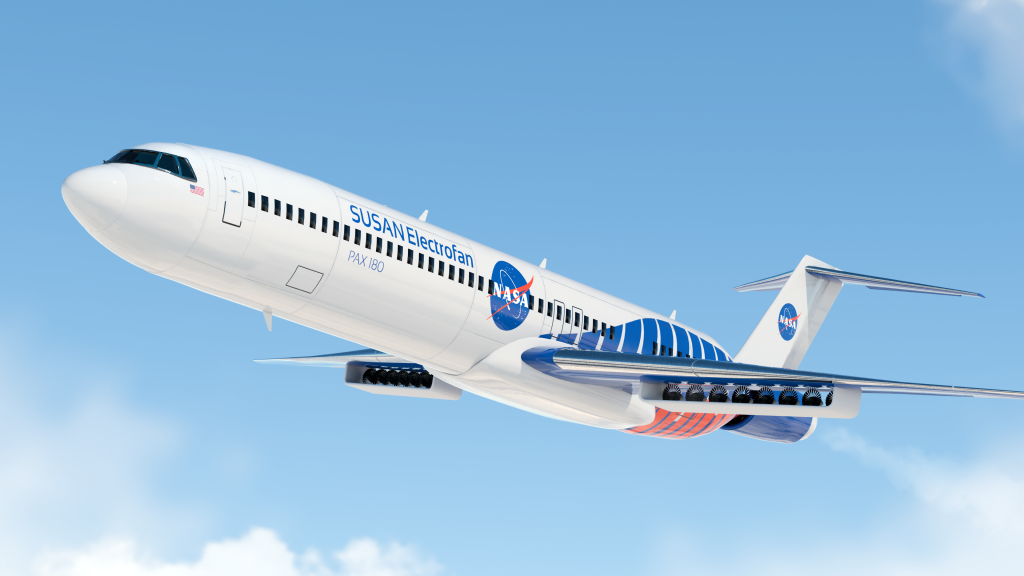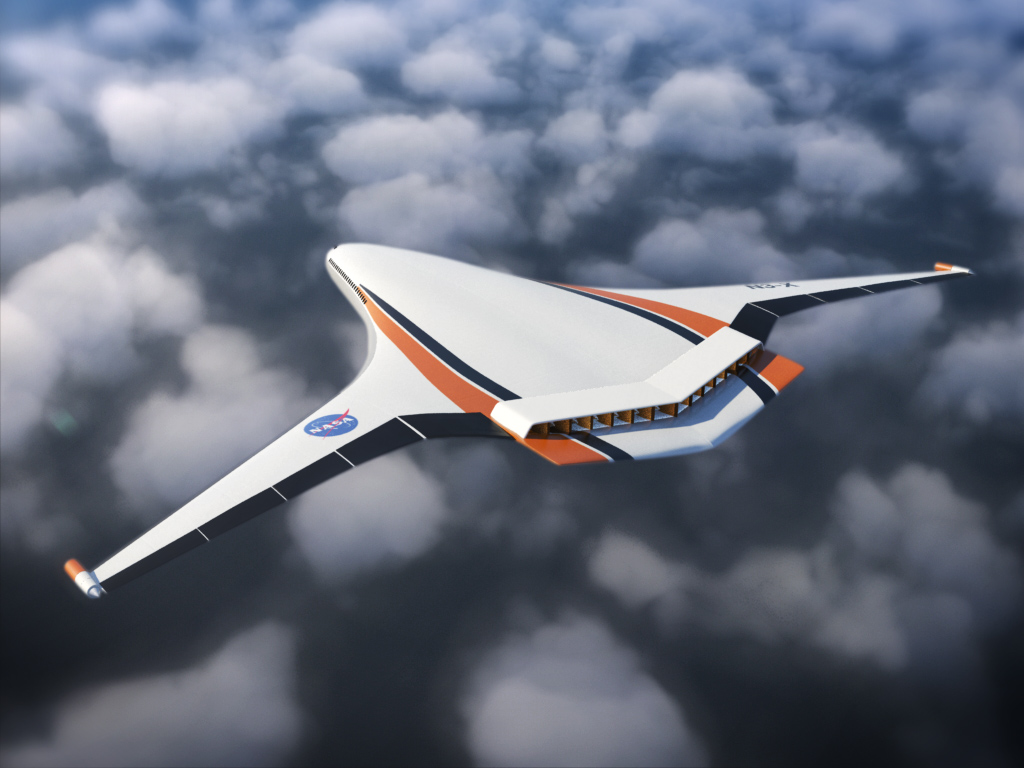
A new, nearly self-sufficient plant growth system by NASA is headed to the International Space Station soon and will help researchers better understand how plants grow in space. The Advanced Plant Habitat will be used to conduct plant bioscience research on the space station, and help NASA prepare crew to grow their own food in space during deep-space exploration missions.
Some of the components of this new system have arrived at NASA’s Kennedy Space Center in Florida and are being prepared for delivery to the station on Orbital ATK’s seventh commercial resupply mission to the station. The new plant system will join Veggie – NASA’s first fresh food growth system already active on station.
Dr. Howard Levine, the project scientist overseeing the development of the advanced system, along with Dr. Gioia Massa, a life science project scientist and deputy project scientist, were two of the researchers who helped design the science requirements for the hardware and the test plan to validate it when it was tested at ORBITEC in Madison, Wisconsin.
“A team of scientists here at Kennedy Space Center have been developing the procedures for the first experiment using a prototype, or engineering development unit, of the plant habitat in the Space Station Processing Facility,” Levine said.

Arabidopsis seeds, small flowering plants related to cabbage and mustard, have been growing in the prototype habitat, and will be the first plant experiment, called PH-01, grown in the chamber aboard the space station.
Bryan Onate is the NASA APH project manager in the Exploration Research and Technology Directorate at Kennedy. He described the new plant habitat as a fully enclosed, closed-loop system with an environmentally controlled growth chamber. It uses red, blue and green LED lights, and broad spectrum white LED lights. The system’s more than 180 sensors will relay real-time information, including temperature, oxygen content and moisture levels (in the air and soil, near the plant roots, and at the stem and leaf level), back to the team at Kennedy.
“A big difference in this system, compared to Veggie, is that it requires minimal crew involvement to install the science, add water, and perform other maintenance activities,” Onate said. “We are learning how plants grow in space and what levels of commodities, such as light and water, are required so we can maximize our growth with the least resources.”
The large, enclosed chamber measures 18 inches square, with two inches for the root system and 16 inches available for growth height. It is designed to support commercial and fundamental plant research or other bioscience research aboard the space station for up to a 135-day science investigation, and for at least one year of continuous operation without maintenance.
“I think that the new plant growth habitat will provide tremendous capabilities to do high quality plant physiology research with a variety of plant types on the space station,” Massa said. “The plant habitat will enable much more controlled and detailed studies of plant growth in spaceflight.”
The advanced system will be activated by astronauts aboard the space station but controlled by the team at Kennedy, minimizing the amount of crew time needed to grow the plants. The space station crew will still perform plant thinning and harvesting.
“Before PH-01 is initiated, there will be a short grow out of Dwarf Wheat and Arabidopsis as part of the post-installation checkout on the space station,” Onate said.
The system’s Plant Habitat Avionics Real-Time Manager in EXPRESS Rack, or PHARMER, will provide real-time data telemetry, remote commanding and photo downlink to the Kennedy team. An active watering system with sensors will detect when the plants need water and keep water flowing as needed.
Massa said having Veggie and the advanced system on the station will allow studies of food production in space, from the very simple to the complex and controlled.
When all parts are delivered to the station, the habitat will be installed in a standard EXpedite the PRocessing of Experiments to Space Station (EXPRESS) rack in the Japanese Experiment Module Kibo.
Read more about the APH at http://go.nasa.gov/2mUSxSC.



























